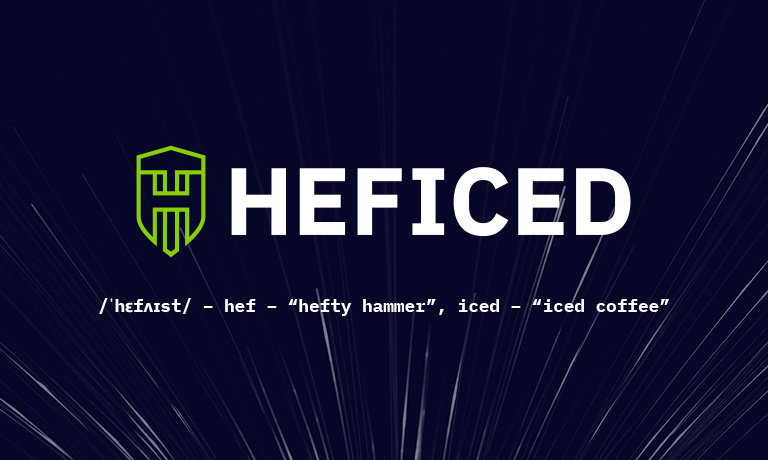Will Internet of Things Force Full Adoption of IPv6?

The rapidly growing market of the IoT could be the final catalyst needed for the all-encompassing IPv6 adoption: limitless IP address supply, better security parameters among reasons
The thriving market of the Internet of Things might force Internet Service Providers to make a move for the all-encompassing adoption of IPv6 (Internet Protocol version 6). Compared to its predecessor, the currently dominant IPv4, IPv6 has several benefits.
The prognoses for the growth of the Internet of Things vary from one market research to another, yet they are all unanimously optimistic. According to Bain, the market of the IoT will expand to about $520 billion in 2021, more than doubling from $235 billion in 2017. IDC predicts that global spending on the IoT will reach $1.2 trillion in 2022.
As for the advantages of IPv6, the virtually unlimited supply of addresses it provides is the most glaring one, while the IPv4s has nearly run out. According to Vincentas Grinius, CEO of Heficed, an IP address-centric network infrastructure provider, there are more benefits the IPv6 adoption would bring.
“The Internet of Things will be one of the main drivers for global IPv6 adoption. Apart from the ability to scale, IPv6 entails other benefits. It supports Stateless Auto Configuration, making the life of network administrators easier. Furthermore, NAT won’t be needed anymore because all devices will be able to communicate directly. Finally, IPv6 has innate security features that IPv4 lacks. In general, IPv6 is a protocol created for our age of the internet,” added Grinius.
There are also severe roadblocks to the process, but the Internet of Things could be the needed motivation for the global switch to IPv6.
“Many factors are slowing down the migration to IPv6, but three of them come to mind instantly: the need to redesign networks, the readiness of the internet users and devices, and the know-how required to build and support IPv6 networks. As a big number of devices, especially older ones, can only work on the IPv4, they would need to be changed or updated. At the same time, redesigning the existing networks requires considerable investments, hence the lag from the ISPs’ side. As long as there are ways to avoid full adoption, it will be dragged. However, if the IoT industry is to explore the way it is forecasted, the move will have to be made sooner rather than later,” said Vincentas Grinius, CEO of Heficed.
Also, as already mentioned, IPv4 is limited. Approximately 4.3 billion addresses were created once the protocol was initiated, and the number can’t be expanded. Most of the supply has already run out, which launched a lucrative second-hand market of IPv4 addresses. Every device connected to the Internet needs an address, hence the need for the virtually unlimited IPv6 supply. As a more advanced protocol, IPv6 offers up to 340 trillion, trillion, trillion addresses.
Per Google, devices using IPv6 generate close to 30 percent of the global internet traffic today. The same data suggests a steady climb in IPv6 adoption rate at approximately 5 percent each year, starting with 2016 when only 5 percent of the global traffic was generated by IPv6-using devices.
ABOUT HEFICED
Headquartered in London, Heficed provides full-range services for IP lease, monetization, and management services. Heficed serves around 60 multi-billion industries starting from hosting to automotive or healthcare. With millions of IP addresses and 12 years of industry experience and operations globally, Heficed can meet any demand needs. That includes automated provisioning bare-metal solutions and cloud services in 9 locations around the world.